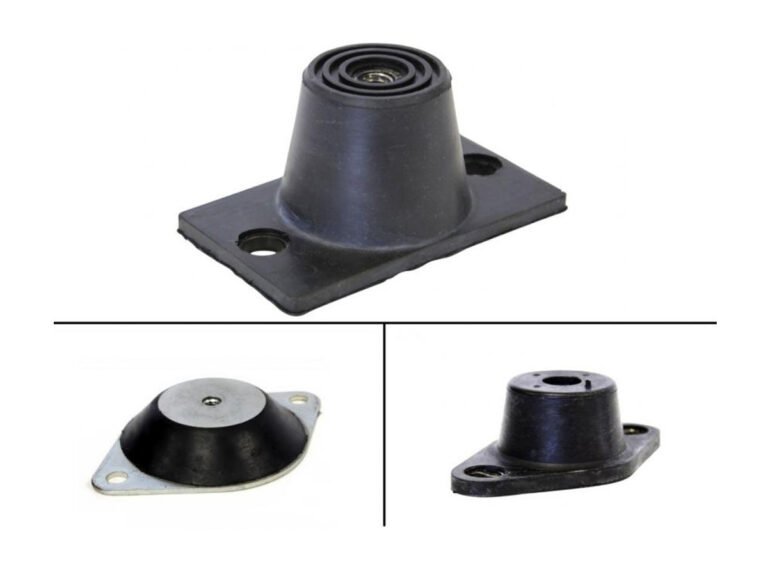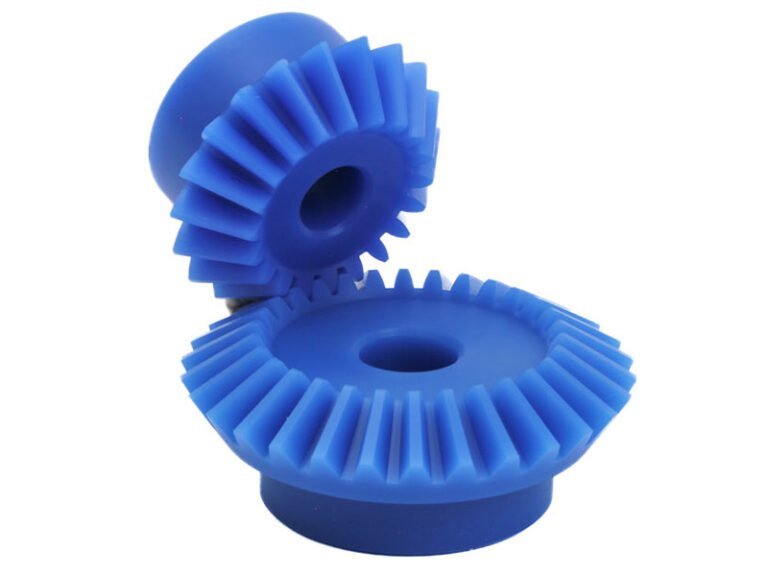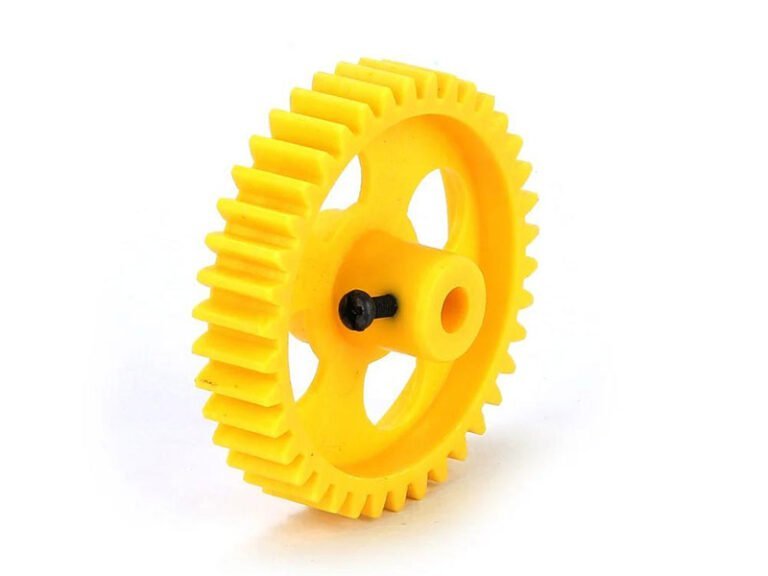Vibration isolation is a vital role in protecting equipment, enhancing precision, and ensuring safety in a variety of industries. Understanding what vibration isolation is and the technologies is important to optimize system performance.
What is Vibration Isolation?
Vibration isolation refers to the process and techniques used to minimize or eliminate the transmission of unwanted mechanical vibrations from one structure or component to another. At its core, it acts as a buffer reducing the transmission of vibrational energy from a source to its surroundings where it could cause damage or discomfort. Without vibration isolation, excessive vibrations can lead to equipment malfunction, accelerated wear and tear, noise pollution, and even structural failures.
The Purpose of Vibration Isolation
The primary purpose of vibration isolation is to protect mechanical systems and their surroundings from the detrimental effects of vibration. There are several objectives embedded within this goal:
Protecting Equipment and Extending Lifespan
A primary goal of vibration isolation is to shield machinery from the damaging effects of vibrations. Uncontrolled oscillations accelerate wear, loosen components, and cause premature failure. By using isolators like rubber mounts or springs, vibration isolation can extended equipment lifespan, reducing maintenance costs and downtime.
Reducing Noise Pollution
Vibration isolation can minimize noise generated by vibrating machinery and improve environmental comfort and compliance with noise regulations.
Enhancing User Comfort
From cars to airplanes, vibration isolation enhances user experience by smoothing out disruptive movements. Automotive suspension systems rely on gas-filled dampers to absorb road vibrations.
Ensuring Precision in Sensitive Applications
Active vibration isolation systems with ability to counteract low-frequency vibrations and ensures that equipment like MRI machines or electron microscopes operates without interference from micro-vibrations.

Types of Vibration Isolation Technologies
Vibration isolation technologies can be broadly categorized into passive, active, and semi-active systems, each with distinct mechanisms and applications.
Passive Vibration Isolation
Passive vibration isolation is the most common and straightforward approach. It involves the use of materials and mechanical components that inherently absorb or dissipate vibration energy without external power input. Typical passive systems combine an isolated mass with elastic elements such as springs, rubber pads, or polymer foams, often complemented by dampers. These components work together to shift the system’s natural frequency below the source vibration frequencies, thereby effectively reducing vibration transmission.
Materials like rubber are favored for their dual ability to provide elasticity and damping. Springs afford flexibility, while viscoelastic materials contribute both energy absorption and elasticity. Passive vibration isolation is widely used in automotive engine mounts, industrial machinery supports, and building foundations due to its reliability and relatively low cost.
Active Vibration Isolation
Active vibration isolation employs sensors, actuators, and real-time control systems to counteract vibrations dynamically. Instead of merely absorbing vibrations, active systems detect unwanted motion and generate opposing forces to cancel it out. This technique is especially valuable in applications requiring a high degree of precision, such as electron microscopy, aerospace instrumentation, and sensitive laboratory equipment.
While active vibration isolation offers superior performance, it generally involves higher complexity, cost, and maintenance requirements compared to passive solutions. It typically features components like accelerometers, controllers, electromagnetic actuators, and feedback loops to maintain system stability and responsiveness.
Semi-Active Vibration Isolation
Bridging the gap, semi-active vibration isolation combines the best of both worlds. These systems adjust damping properties in real time, often using magnetorheological fluids or electrically controlled dampers, but require less power than active systems. They offer improved performance over passive vibration isolation for low-frequency vibrations while remaining more cost-effective than fully active solutions. For instance, semi-active isolators in automotive suspensions adapt to road conditions, enhancing ride comfort without the hefty price tag of active systems.
Common Applications of Vibration Isolation
The application of vibration isolation spans numerous industries:
Industrial Machinery: Pumps, compressors, and motors generate significant vibrations during operation. Vibration isolation protects these machines and their surroundings, reducing wear and noise.
Precision Equipment: Optical instruments, microscopes, and medical devices require stringent vibration isolation to maintain measurement accuracy and performance integrity.
Aerospace and Defense: Vibration isolation ensures the stability and functionality of aircraft components, satellite instruments, and defense systems subjected to dynamic environmental forces.
Building and Construction: Seismic isolation systems employ vibration isolation principles to protect structures from earthquake-induced vibrations, thereby enhancing safety and durability.
Transportation: Automotive suspension systems and engine mounts utilize vibration isolation to improve ride comfort and reduce mechanical noise.
Consumer Electronics: Devices such as hard drives and audio equipment incorporate vibration isolation components to maintain functionality and user experience.
Conclusion
As technology advances, the role of vibration isolation will only grow. Flexiparts supply customized vibration isolation services in various materials and shapes to meet specific needs. Welcome to contact Flexiparts and get customized custom solutions.




